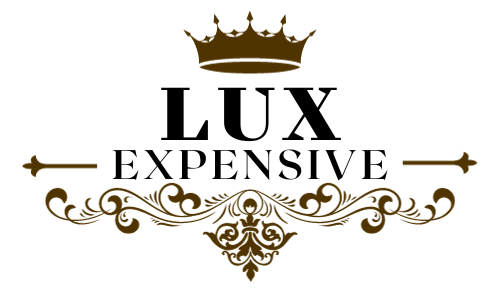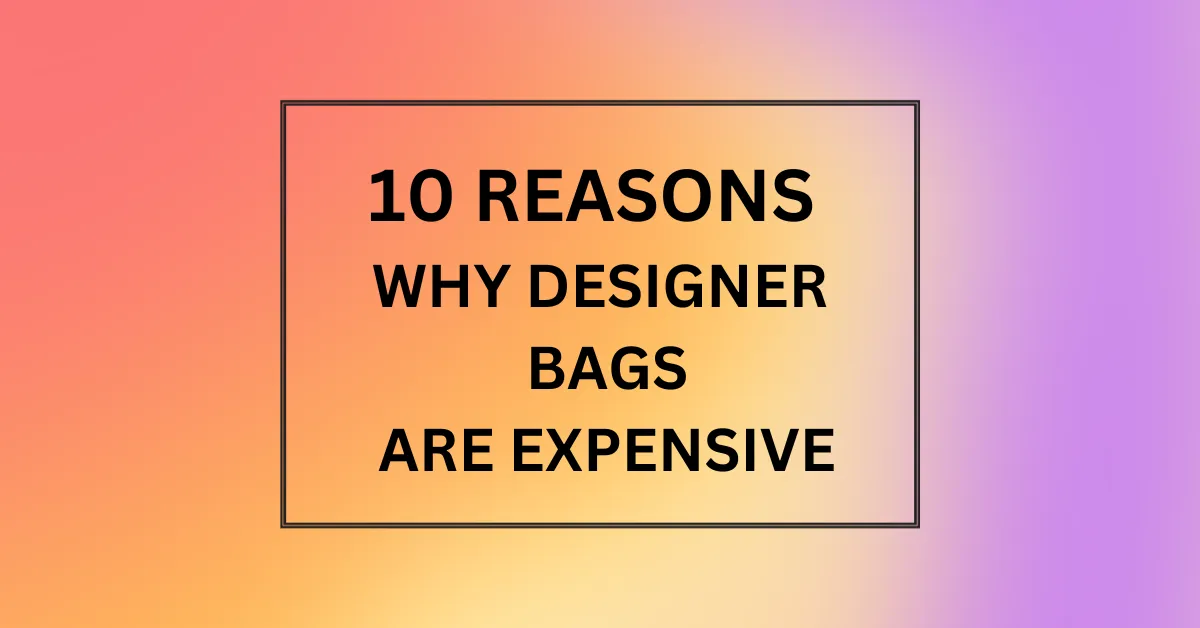Designer handbags have become a major status symbol in our society today. Brands like Louis Vuitton, Chanel, Gucci and Hermès are instantly recognizable and carry an air of luxury, exclusivity and prestige. But with these coveted bags come lofty price tags, sometimes reaching into the tens of thousands of dollars. This begs the question – why exactly are designer bags so expensive?
Top 10 Reasons Why Are Designer Bags So Expensive
1. The Brand Name and Reputation
A big part of what you’re paying for with a designer bag is the brand name and reputation. Louis Vuitton has been around since 1854 – that sense of heritage and history adds value. Chanel is synonymous with iconic French elegance. And brands like Hermès have reputations for unparalleled quality and craftsmanship. There is an aspirational element to owning a product from an established high-fashion house.
2. Hand-Crafted Quality and Attention to Detail
The materials and workmanship that go into making a designer bag are far superior to regular handbags. Exotic leathers like crocodile skin, intricate hardware, hand-stitched details and reinforced structured shapes all contribute to the quality. A resounding theme among luxury brands is the meticulous attention paid to even the smallest details. This level of care and craftsmanship results in handbags that look beautiful and last for years.
3. Scarcity and Exclusivity
From limited edition pieces to Classic flaps, part of the appeal of designer bags is their scarcity and exclusivity. Hermès famously maintains waiting lists for their iconic Birkin and Kelly bags, while Chanel keeps a tight rein on the number of Classic Flap bags produced each year.
This manufactured scarcity feeds consumer desire and makes the bags more exclusive. Owning something that not everybody else has access to adds to the notion of luxury.
4. Cost of Materials
The materials that go into making designer bags – leathers, hardware, linings etc – themselves are expensive. Hermès famously uses leather from a small number of tanneries. Exotic skins like ostrich, alligator, crocodile and lizard are difficult to source and command high prices. Even the gold, silver and palladium hardware used can be exceptionally pricey. So the raw materials alone already account for a significant part of the cost.
5. Unique Style and Design
What truly sets designer handbags apart is their unique style and design. Iconic shapes like the Chanel 2.55, Dior Saddle Bag and Fendi Baguette are instantly recognizable. The thought and creativity that goes into conceiving original bag designs each season also adds value. Staying on the cutting edge of trends and innovating new styles is a continuous process. The intellectual property of the designs themselves carries a premium.
6. Global Pricing Strategies
Luxembourg-based company Baghunter conducted a study analyzing the pricing strategies of designer brands across various countries. One key finding was that brands tend to adopt global pricing strategies – which means their prices vary far less than local prices between countries. This reduces price elasticity and preserves the sense of exclusivity. Consumers are willing to pay more if a good is seen as exclusive or prestigious.
7. Handbags as Investments
In the past couple of decades, designer bags have evolved into financial assets and investments. Hermès Birkin bags in particular are known to appreciate in value over time. Rare, vintage or limited edition pieces by luxury brands are sought after by collectors.
The high retail prices form a reference point and floor price for investors seeking bags that will appreciate in value and deliver excellent returns. This investment appeal allows brands to push prices up further.
8. Celebrity Endorsement and Demand
When the likes of Victoria Beckham, Kim Kardashian and influencers on Instagram carry a certain brand of bag, demand for the brand skyrockets. The cachet of celebrity endorsement and the desire to emulate A-list stars gives brands greater leeway to raise prices.
Limited supply and excess demand allows brands to set increasingly higher retail prices. The aspirational status associated with celebrity-endorsed products like designer bags also encourages consumers to be willing to pay more.
9. Status Symbols and Spillover Effects
At their core, designer bags are Veblen goods – luxury items where demand rises as the price increases. They essentially serve as status symbols of wealth and privilege. Part of what enables luxury brands to charge astronomical prices is the desirability signal sent by high prices. Raising prices can actually increase demand.
This spills over into accessories as well. The halo effect of a coveted designer handbag allows associated products like shoes, scarves and jewelry to also command premium prices.
10. Operating Costs and Expenses
There are high operating costs involved in running luxury fashion houses. Brick-and-mortar stores located in expensive real estate markets, glossy advertising campaigns, high-profile celebrity partnerships – these expenses inevitably contribute to retail prices. Salaries at luxury brands also tend to be higher.
And even though brands save on costs by offshoring production, there are still operational overheads built into ensuring high quality. These costs are reflected in the eventual sales price paid by consumers.
Is designer bags a good brand?
Designer bags from reputable fashion houses like Chanel, Louis Vuitton, and Hermès are excellent brands known for their high quality materials, craftsmanship, and enduring styles, which makes them a worthwhile investment.
Are designer bags good?
Designer bags are considered good because they use premium materials like leather and exotic skins, have meticulous construction and design, retain value well, and serve as aspirational and exclusive status symbols.
Are designer bags worth the price?
For many buyers, designer bags are worth the higher price for the top-tier craftsmanship, materials, enduring styles from iconic fashion houses, exclusivity and heirloom status of the bags.
Where to buy designer bags?
Designer bags can be purchased directly from the fashion brand’s boutiques and websites or from authorized retailers like Saks, Neiman Marcus, Nordstrom, and specialty luxury stores.

